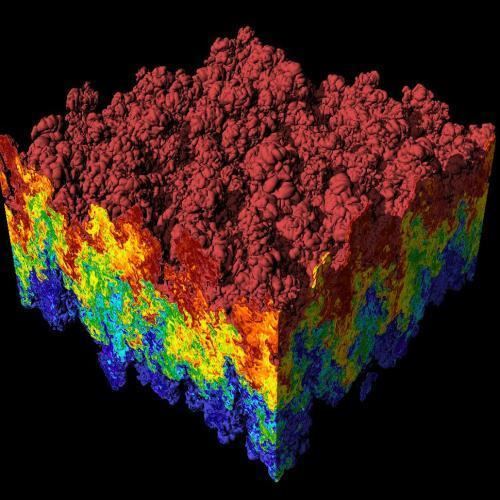The inverse square root potential is a three-parametric quantum-mechanical potential for which the one-dimensional Schrödinger equation is exactly solvable in terms of the confluent hypergeometric functions. The potential is defined as:
V
(
x
)
=
V
c
+
V
x
−
x
0
.
Omitting the non-essential constants
V
c
,
x
0
the general solution of the Schrödinger equation
d
2
ψ
d
x
2
+
2
m
ℏ
2
(
E
−
V
(
x
)
)
ψ
=
0
for the potential
V
(
x
)
=
V
0
/
x
for arbitrary
V
0
is written as
ψ
(
x
)
=
e
−
δ
x
/
2
d
u
d
y
,
where
u
=
e
−
2
a
y
(
c
1
⋅
H
a
(
y
)
+
c
2
⋅
1
F
1
(
−
a
2
;
1
2
;
y
2
)
)
.
Here
c
1
,
2
are arbitrary constants,
H
a
is the Hermite function (for a non-negative integer
a
it becomes the Hermite polynomial; however, in general
a
is arbitrary).
1
F
1
is the Kummer confluent hypergeometric function, the auxiliary dimensionless argument
y
defines a scaling of the coordinate followed by deformation and shift:
y
=
sgn
(
V
0
)
δ
x
+
2
a
,
and the involved parameters
δ
and
a
are given as
δ
=
−
8
m
E
/
ℏ
2
,
a
=
m
2
V
0
2
ℏ
(
−
2
m
E
)
3
/
2
.
Bound states and Energy spectrum
A set of bounded quasi-polynomial solutions for an attractive potential with
V
0
<
0
is achieved by putting
a
=
n
,
n
∈
N
. Then, the Hermite function in the solution becomes the Hermite polynomial and one should put
c
2
=
0
to ensure vanishing of the solution at infinity. The energy eigenvalues for these polynomial solutions are
E
n
=
V
0
2
(
−
m
V
0
ℏ
)
1
/
3
n
−
2
/
3
,
n
=
1
,
2
,
3...
,
and the corresponding solutions are written as
ψ
n
=
e
−
2
n
y
−
δ
x
/
2
(
H
n
(
y
)
−
2
n
H
n
−
1
(
y
)
)
,
y
=
2
n
−
δ
x
.
A peculiarity of this set of quasi-polynomial functions is that the solutions do not vanish at the origin. Depending on the particular problem (for instance, if one considers the one-dimensional Schrödinger equation as the s-wave radial equation for the three-dimensional Schrödinger equation with the potential
V
=
V
0
/
r
), it is useful to have a set of bounded wave functions that vanish at the origin (
ψ
(
0
)
=
0
). The exact spectrum in this case is determined through the roots of the transcendental equation
2
a
H
a
−
1
(
−
2
a
)
+
H
a
(
−
2
a
)
=
0.
A highly accurate approximation for the resultant energy spectrum is given as
E
n
=
V
0
2
(
−
m
V
0
ℏ
2
)
1
/
3
(
n
−
1
2
π
)
−
2
/
3
,
n
=
1
,
2
,
3
,
.
.
.
.
Since the roots
a
n
of the spectrum equation are not integers the wave functions of the bound states for this spectrum are not quasi-polynomials in contrast to the spectrum provided by above polynomial reductions.

